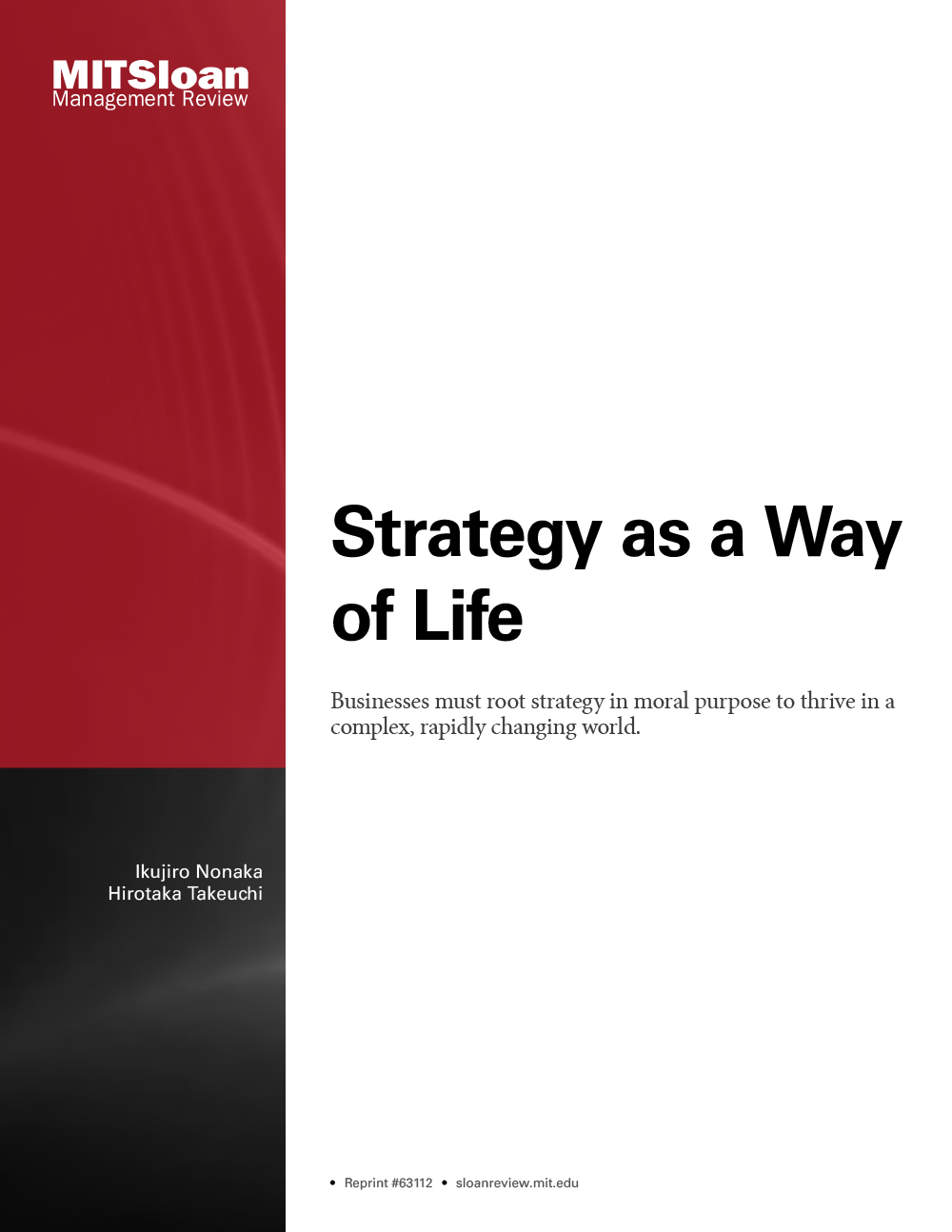
A New Mix: More Sustainable Beer from Better Water Practices
It's only natural that a beer company would be concerned about water. It takes five liters of water, on average, to manufacture one liter of beer. When SABMiller mapped its water footprint and found that it took 45 liters of water to produce one liter of its beer in the Czech Republic, and 155 liters in South Africa, the company changed its water practices to make its beer more sustainable. An interview with SABMiller's senior vice president of sustainable development explains how they did it.
The brewer recognized a need to work closely with NGOs, governments, other food and beverage companies, and the communities where it does business to manage the shared risks and responsibilities of water usage. A report by the Water Resources Group, of which SABMiller is a member, projected that by 2030, humans will demand 40% more fresh water than the world can supply, assuming average economic growth and no efficiency gains. The situation will be worse in some areas, of course, with fully ‰ÉÒ the world's population expected to live in areas with a gap of 50% or more. "There's clearly no way we can tackle this on our own, even in markets where we're a very big player," says Andy Wales, the company's SVP of sustainable development. "We need to do it in partnership with others."
Wales is optimistic that the gap can be closed, but emphasizes that companies cannot address water alone. He frequently speaks of the "water-energy-food nexus" — the fact that all three issues are interconnected and must be addressed in a holistic way. He spoke with MIT SMR about how the company is generating revenue from sustainable development, how offers incentives to its employees to innovate, and why a partnership approach is critical to address the water gap.




